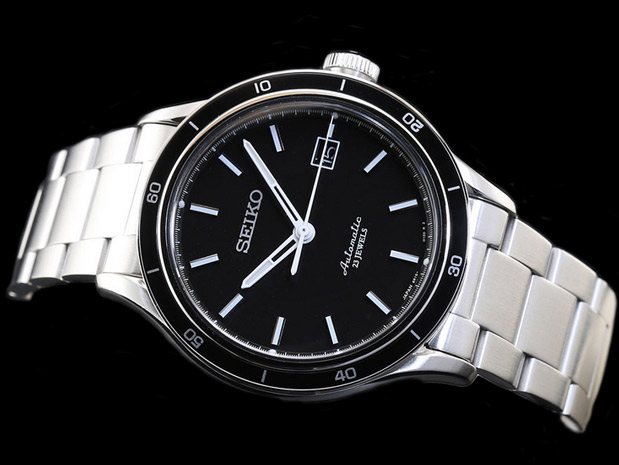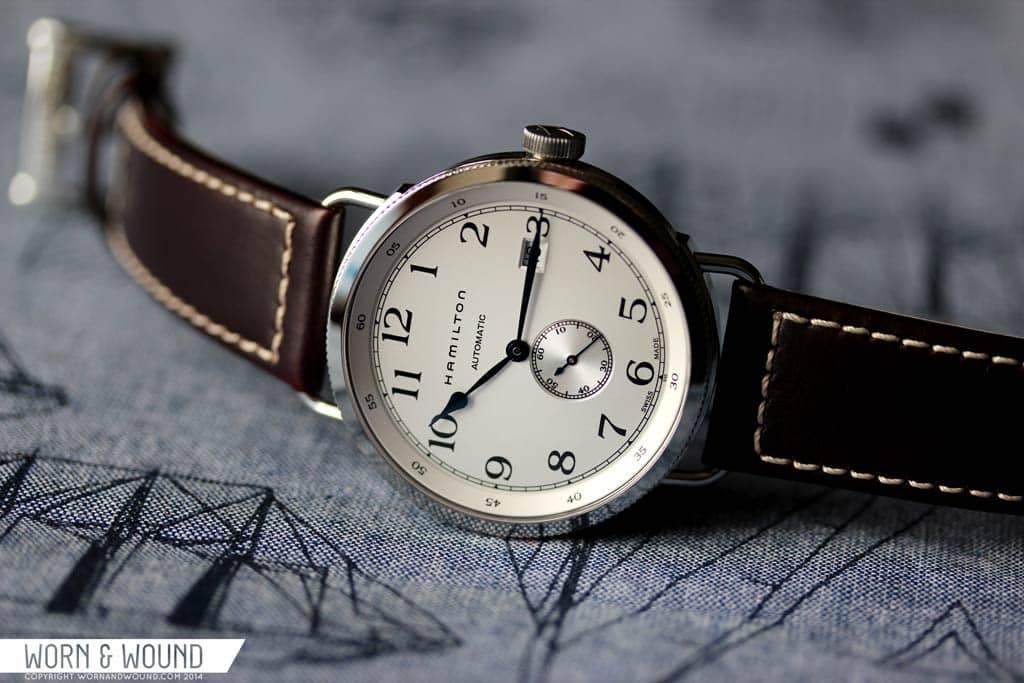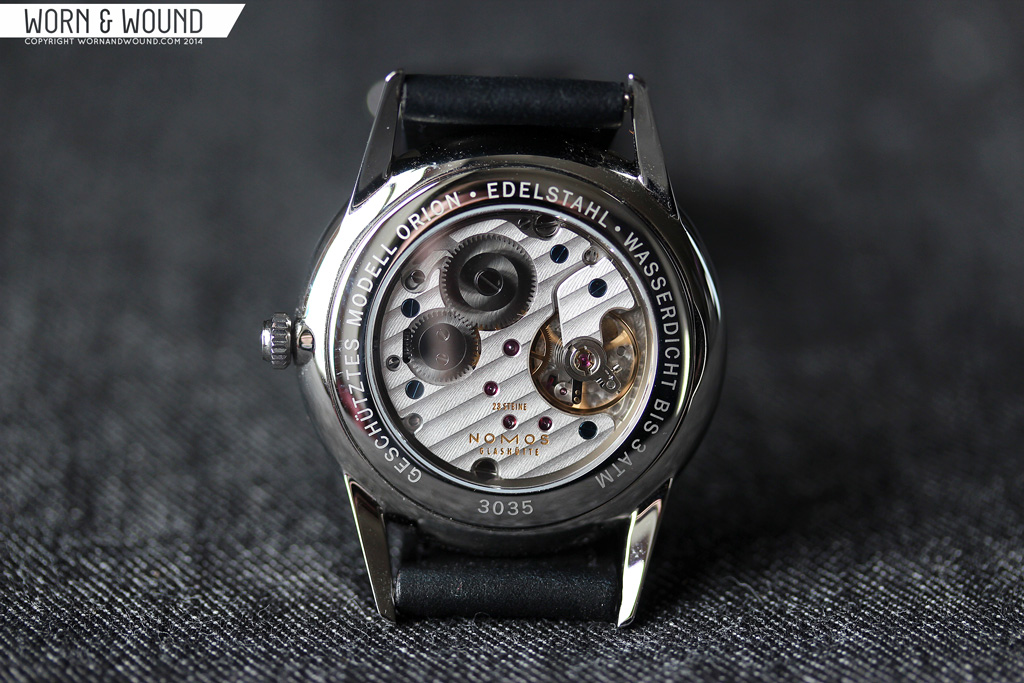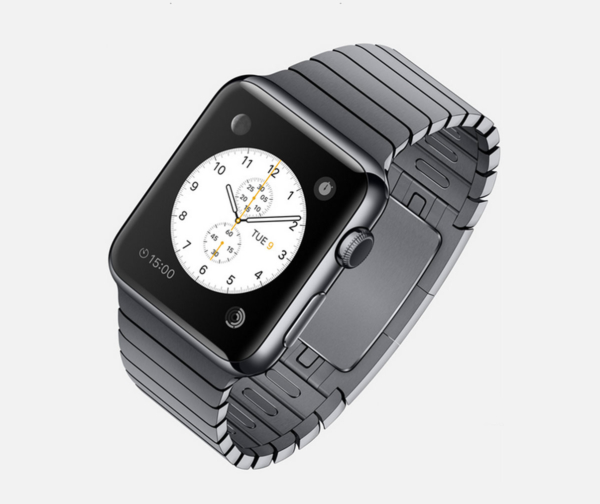One of the great things we’ve learned in the last few years of running worn&wound is that our focus on accessibly priced watches makes us a go-to not just for the seasoned collectors, but also for those looking for their first mechanical. Maybe their parents want to get them one as a graduation gift, or they landed a new, better job and want to celebrate… Regardless, luck would have it that they landed on our pages searching for the right timepiece.
Well, rather than putting together our typical guide, we opened up the question of “what to look for in your first mechanical” to our writers as a round-table. As always, leave your own thoughts on the matter in the comments and enjoy!
Ilya Ryvin
Taking the dive into the world of mechanical watches can be a bit a daunting. I think for most looking to buy their first mechanical timepiece, there’s the conflict of wanting to buy the pricier grail, but knowing that it may be more prudent to purchase something inexpensive first to test the waters. I definitely fall in the latter category, and that’s the route I took before purchasing some of my pricier timepieces. With that said, it’s obviously up to the individual to decide what inexpensive means to them.
For the sake of discussion, I’ll use my own personal cap of $500 and under. With that budget, I would likely get something that tows the line between dressy and sporty, ideally with a bracelet for more versatility. In terms of the movement, I’d stick to mass-produced workhorses–the ETA 2824, Seiko 6R15, and Miyota 9015 are all great options known for their reliability. Plus, most watchmakers worth their salt should have no issue servicing these movements without charging an arm and a leg. Beyond that, I’d say the rest is up to you and your personal preferences.
My pick: the Seiko SARG013
Mark McArthur-Christie
Looking to buy your first mech? Maybe brief your boyfriend or girlfriend so they can get you the right thing to tuck in your Christmas stocking? Splendid. You’ve come to the right place. The movement is the engine that powers your watch, so that’s where I’m focusing.
Assumptions are dangerous, but I’m assuming you’re coming to mech from a lifetime of quartz. So, as a quartz fan, my first tip would be:
Tip 1: Mech isn’t better, or worse, it’s just different from quartz.
All watches (except fakes and anything from a fashion house) are interesting. Don’t think mech is solely where it’s at. If you don’t believe me, take a look at what Seiko have done with their 9F movement – beauty, a manufacture movement and hair-splitting accuracy.
Tip 2: Take a look at hand-wind
Hand-wind watches (where you wind the movement manually once a day) are the fixed-wheel bikes of the watch world; the place for the purist. Windyerowns mean you can start looking at some VERY interesting watches – like the Vostok Komandirskie with the 2414A in-house movement or the Mühle-Glashütte Teutonia with its MU 9412 motor. And hand-winders aren’t always smaller watches either – take a look at the 45mm Laco Dortmund.
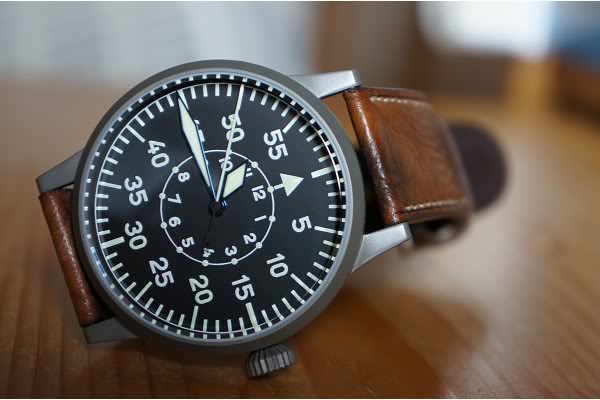
Tip 3: Take the road less-travelled
Most of the watches in your local watch shop (unless you’re very fortunate) will be from mainstream brands. That’s fine, but that often means you’re handing over your bucks for the brand and not the watch. Trawling the web (start right here at W&W) means you’ll get a watch that’s as much about substance as style. More tick for your currency.
Zach Weiss
Your first mechanical will likely not be your last, but it will probably stay in your collection forever. You will love it, since it will open your eyes to the world of horology, and you will wear it non-stop for a long time. Since the complexity of things does go up with a mechanical, so does the potential to do something wrong and break it (narrow, but possible), my recommendation is to start simple. Starting from the outside, pick a watch you can wear everywhere. That means it should be formal enough to wear to the office, but casual enough to where out with jeans. I’d go new over vintage in order to have a warranty and simplicity should maintenance be needed. And, as I’m sure most of the writers will agree, stick to a watch powered by ETA, Selitta, Miyota or Seiko for the same reason. I’d also stick to the basics as far as complications/functions go, not going beyond day/date.
That all said, you should get something where the movement can be appreciated. If you’re going to fall in love with the magic that is a mechanical, seeing it helps. Watching gears turn, the balance swing, the escapement in action, is part of what will win you over. So I would look for a display back, though it’s not a necessary requirement.
But, where to begin? Well, you can’t go wrong with starting with a Seiko 5 of some kind. They are inexpensive, available in a wide array of styles, and tick all of the boxes above. They’re a great way to get your feet wet, so to speak. Should you be looking to spend a bit more, I’d take a serious look at the Hamilton Khaki Navy Pioneer Automatic. It’s elegant and masculine, perfectly sized at 40mm, has a high quality Swiss-made movement, the ETA 2895-2, which can be viewed from the back, it can be dressed up or down and even has a 100M water resistance, just in case.
And, if you want to go old school, something I fully support, I’d look for something manually wound. Winding a watch is not only cathartic, the interaction helps build a “relationship” with the watch. You get to feel the mechanism react to your input, and if there is a display back, watch it too. Something with the delightfully massive Unitas 6489/6497 would get the job done, like the Archimede Deck watch or a Steinhart Flieger, though they are large watches too. For something smaller, the new Smiths PRS-36, which is powered by a Peseux (ETA) 7040 is a cool, retro option to consider.
Christoph McNeill
Well, if you’re reading this then I’m assuming you’re considering your first mechanical watch, so congratulations for stepping up from quartz! I would say that the most important factor is to buy something the YOU really like. There are so many brands and models out there, and everyone has favorites or one that they say is a ‘must have’. But ultimately you’ll be the one wearing it, so go for what moves you. As for the movement, I’m going to suggest a manual wind for your first one. The fact that it needs to be wound every day gives you a connection to the timepiece that a automatic doesn’t have (not that there’s anything wrong with an auto of course!).
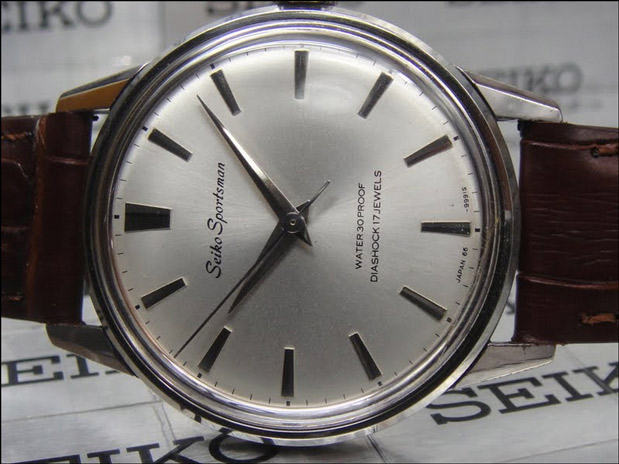
Now, I did say to pick the one that you like, but I’m going to make a couple of recommendations anyways. As I’m mainly a “vintage guy”, the first one I’m going to recommend is a vintage Seiko Sportsman. These are very well made, run forever and are easily found on eBay for around $50 give or take. Not much to risk in one of these, and the vintage vibe is awesome. Now, if money is less of a concern, go for a manual wind Omega Speedmaster chronograph. The ultimate and timeless classic ‘Moon Watch’. Can’t be anything bad said about this one!
Li Wang
As much as I love my $200 range dive watches, if I am recommending a first automatic watch I’d want this person to feel the build quality that instantly jumps up when you over the $500-range. I’d start with a basic three-hand dive watch on a solid end link bracelet without numerals on the dial. In my experience, the choices in this price range feel closer to $2,000 watches, whereas a $200 Seiko SKX007 is closer in feel to some of the $100-range watches.
With micro brands (many featured here) such as Helson and Aevig entering the mix with older companies such as Seiko or Squale, for around $600 expect a very capable handwindable and hacking Miyota 9015, ETA 2824-2 or Seiko 6R15 movement. At this price point you can really get your money’s worth, wear this first automatic all year round in any situation since most offices don’t really require a strict dress watch.
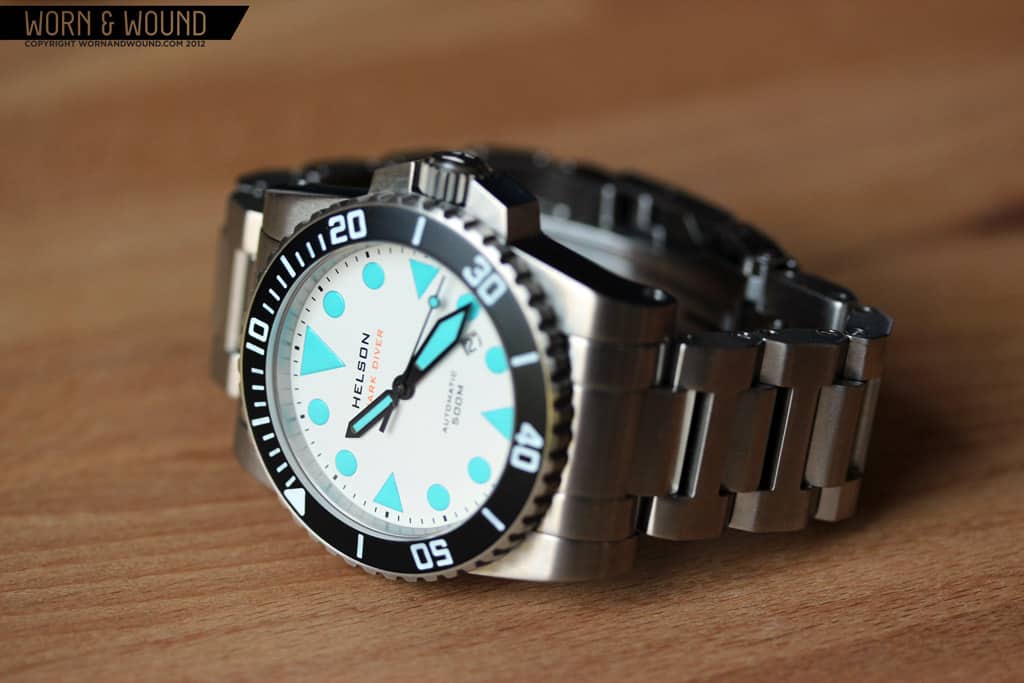
If pushed to recommend a single watch, I’d go with the Helson Shark Diver in 40mm. The company has restocked this model and it stands out in looks without being too far off of classic diver elements.
Ed Estlow
There’s a lot of stuff to look for in a mechanical watch: a unique or manufacture movement that’s highly decorated, accuracy, comfort, style, toughness, the list goes on and on.
But when buying your first mechanical watch, especially if you’re not super familiar with the inner workings of a mechanical, I think the one thing to look for is a display case back. That way, you can see the reason you bought your new piece. You can study your new treasure, and learn a bit about horology in the process.
A hand wound movement is a nice touch too, since the rotor in an automatic can get in the way of seeing some of the works.
The Watch Curmudgeon
Well…..this is an intriguing question with a whole world of possible answers. The way I would approach it is not by initially thinking about movement, price, type, or brand, but by thinking about the person doing the buying. Who is he? What’s his lifestyle? What are his interests?
Most importantly, what’s motivating him to jump into the mechanical arena? Does he just think mechanical watches are cool? Does he like them because James Bond wears one? Is this a little gift to himself for being off the sauce for a month? Or does he think that quartz oscillations on his wrist are interfering with his aura?
I’d like to think that he has finally reached the conclusion that mechanicals are miraculous little machines steeped in a wonderful history. And that he’s ready to take the leap into our legion of watch addicted fanatics.
Here are a few painfully basic questions I’d ask him prior to making any recommendations: What do you know about mechanical watches? Where are you going to wear your new watch? And how much are you prepared to spend?
So, let’s say he knows jack %$#& about mechanicals, and he’s going to wear his new possession pretty much all the time – everywhere from the office to mild sports. As for money, he’ll drop up to a grand, but “hopefully less!”
I’d begin my recommendation process by discussing the two ways to buy a watch: retail and internet. While I feel the internet is the smartest way to go, I’d tell him to get his feet wet by visiting brick and mortar establishments. That’s where he’d get a real feel for what’s available and be able to try on a selection that I’m gonna recommend.
Yes, the choices are many, but I’ve narrowed it down to just a few solid brands that are dependable, well made, classically designed, and that are powered by rugged movements. So I would have him focus on Hamilton, Victorinox, and Tissot. I’d also include Longines, but their price points are a bit too high.
Of course, I’d steer him towards a “reputable” jeweler or department store and advise him to ignore everything a salesperson might say. Generally, they’re moronic or misleading.
Next, I’d tell him that if he were to be completely turned on by any one of my choices, he should just buy it immediately. Why make the whole process a hassle? But……if he wanted to also explore the internet route, I’d have him research Steinhart, Christopher Ward, Seiko (5), and Orient. They all offer a selection of perfect, first-time mechanicals that could ignite the passion of a lifetime.
I forgot to mention earlier that I’d recommend automatics because they offer a better transition from quartz. And it would be advantageous to select a watch with an exhibition back in order to enhance the mechanical experience. As far as strap options are concerned, I’d avoid the subject because it could only complicate the process. Oh, and let’s begin with a time and date-only model. A chronograph can be mechanical number two.









 Featured Videos
Featured Videos





